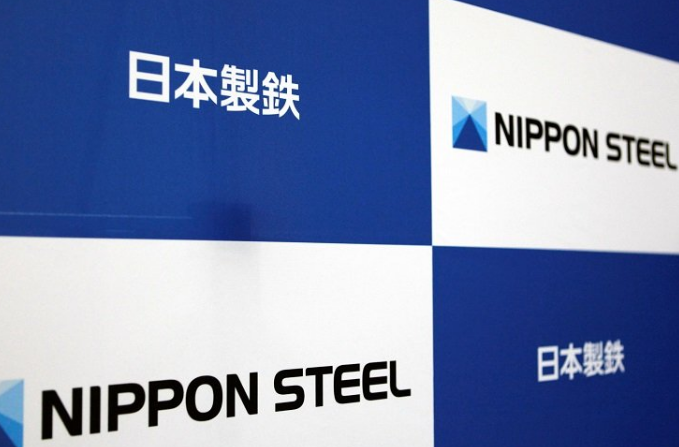Nippon Steel Corp. and ArcelorMittal announced Wednesday that they will invest an additional ¥1.07 trillion to expand steel production capacity in India.
The Japanese firm and the world’s largest steelmaker, based in Luxembourg, will build and expand blast furnaces and related facilities while also acquiring port and electric power companies in India.
The additional investments will be made through their joint venture ArcelorMittal Nippon Steel India Ltd., with debt guarantees provided by its parent companies. The latest investment will increase annual production of crude steel from the current 9 million tons to about 15 million tons in the first half of 2026.
Specifically, about ¥730 billion (410 billion rupees) will be invested to build and enhance new steel mills, including two new blast furnaces at the Hazira steel mill in western India.
They will also spend a total of about ¥340 billion to acquire power generation and transmission facilities within the mills — which are essential for steel production — from local companies as well as three port facilities in India.
By establishing their production system in India, Nippon Steel and ArcelorMittal aim to stabilize their supply network and cut costs. India’s steel demand is expected to increase along with population growth.
Nippon Steel Executive Vice President Takahiro Mori indicated a willingness to invest further at a press conference Wednesday, saying, “We hope to expand production capacity in India to 30 million tons by 2030.”











